Excerpted from Katie Workman’s The Mom 100 Cookbook.
There is little debate that the sandwich is the main-stay of most kids’ lunches: two slices of bread with anything that kids might consume layered in between. Wraps have definitely taken their rightful place in the pantheon of sandwich possibilities, and sometimes the mere novelty of a rolled up sandwich instead of a square one might entice kids to try something, just for the surprise factor.
You can leave the wraps whole, in one big tubelike piece; slice them in half on the diagonal; or slice them into several one- or two-inch pieces, providing that eye-catching, bite- size, “nosh-esque” quality.
Here, you’ll find a few recipes for wraps my kids love, along with a general blueprint to help you customize your own.
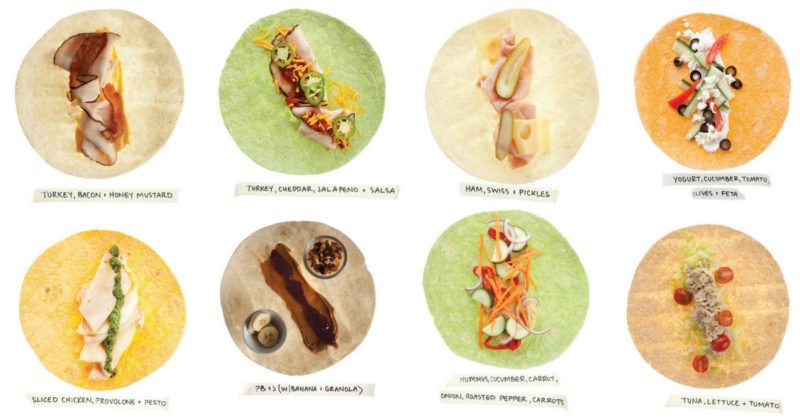
Family-Favorite Wraps
A Blueprint for Lunchbox Wraps
Some Basic Guidelines
- Pick a wrap.
- Pick a filling such as cold cuts, cheeses, smoked salmon, beans, or tuna fish. Leftovers are very fair game: steak, chicken, pork, fish, shrimp, tofu—whatever you have that can be sliced or chopped into a rollable sandwich filling.
- Pick a spread or condiment that will go with your main filling. Mayo, mustards, chutneys, relishes, jams, hummus, barbecue sauce, hoisin sauce, plain Greek yogurt, salsa, and pestos of all flavors are all good. Maybe there’s even a leftover dip or crostini spread lurking in the fridge that will appeal.
- Add the extras: shredded lettuce or cabbage, chopped tomatoes, sliced olives and pickles, jalapeños, fresh herbs, slivered onions or bell peppers, sprouts, thinly sliced cucumbers or mushrooms. In some cases fruit is also welcome, such as thinly sliced or chopped apples or pears or maybe some chopped dried fruit. Shelled sunflower seeds, pumpkin seeds, nuts, and granola are also ideas. Don’t forget salt and pepper, or another seasoning if it makes sense.
- Do not overfill your wrap or you won’t be able to get it closed. It’s better to layer everything on about three quarters of the wrap, leaving a little space around the edge for things to squish outward when you roll it up. And then on the edge of the one quarter that has no filling, put a smear of the condiment of your choice, like mustard or mayo. As you roll up the wrap, starting with the filled side closest to you and rolling toward the barer edge, the filling will slide into the bare space a bit, ideally leaving you with enough room so that the condiment at the edge will help seal up the wrap as you finish rolling. You’ll find this explanation sounds much more complicated than the actual rolling, of course.
 About the Book:
About the Book:
Introducing the lifesaving cookbook for every mother with kids at home—the book that solves the 20 most common cooking dilemmas. What’s your predicament: breakfast on a harried school morning? The Mom 100’s got it—Personalized Pizzas are not only fast but are nutritious, and hey, it doesn’t get any better than pizza for breakfast. Kids making noise about the same old lunch? The Mom 100’s got it—three different Turkey Wraps, plus a Wrap Blueprint delivers enough variety to last for years.
Katie Workman, founding editor in chief of Cookstr.com and mother of two school-age kids, offers recipes, tips, techniques, attitude, and wisdom for staying happy in the kitchen while proudly keeping it homemade—because homemade not only tastes best, but is also better (and most economical) for you. The Mom 100 is 20 dilemmas every mom faces, with 5 solutions for each: including terrific recipes for the vegetable-averse, the salad-rejector, for the fish-o-phobe, or the overnight vegetarian convert. “Fork-in-the-Road” variations make it easy to adjust a recipe to appeal to different eaters (i.e., the kids who want bland and the adults who don’t). “What the Kids Can Do” sidebars suggest ways for kids to help make each dish.
Buy the Book
Amazon | B&N | Indiebound | Workman

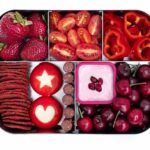
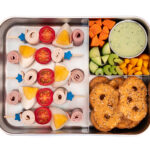
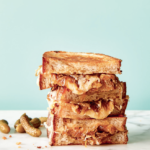
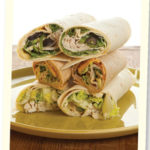
No Comments